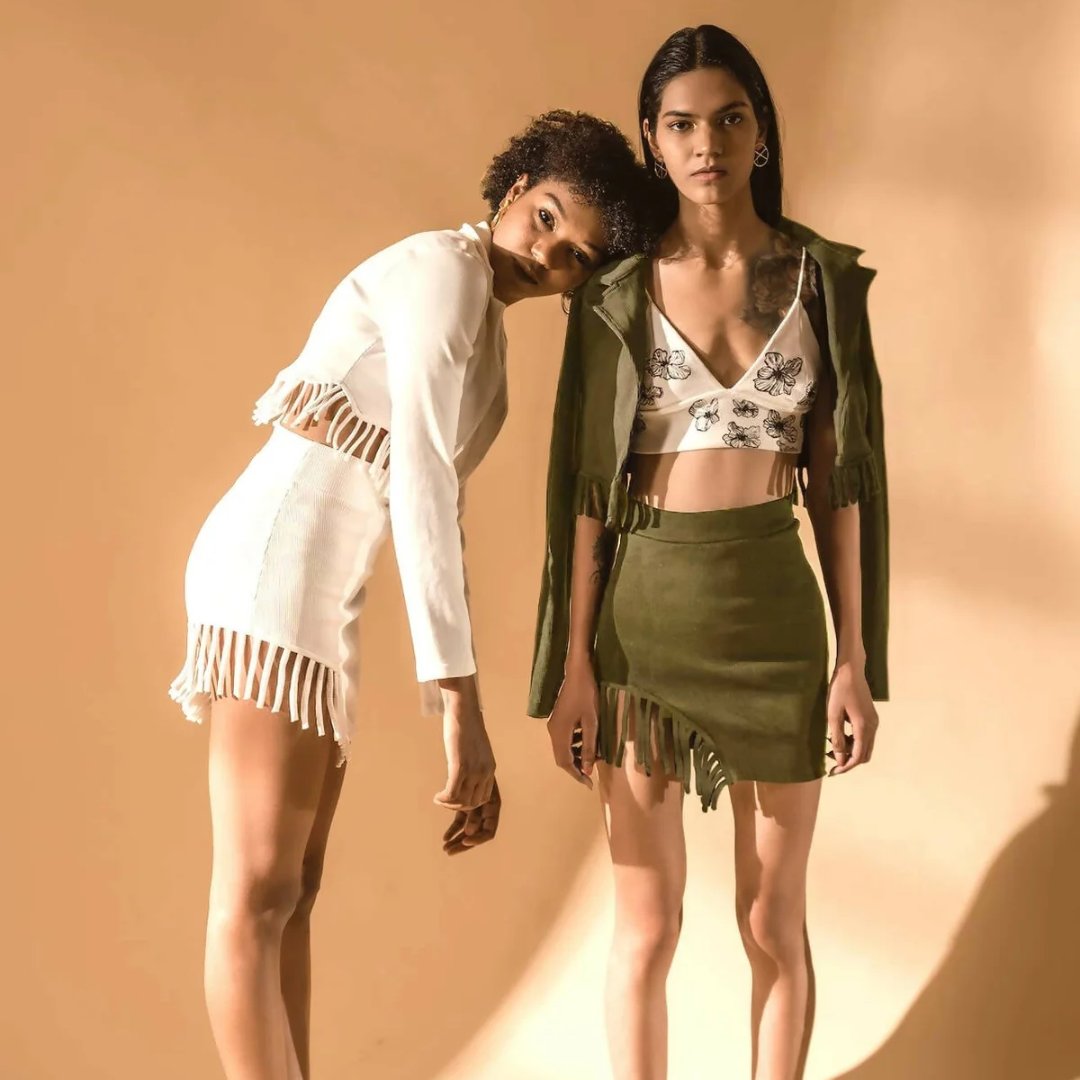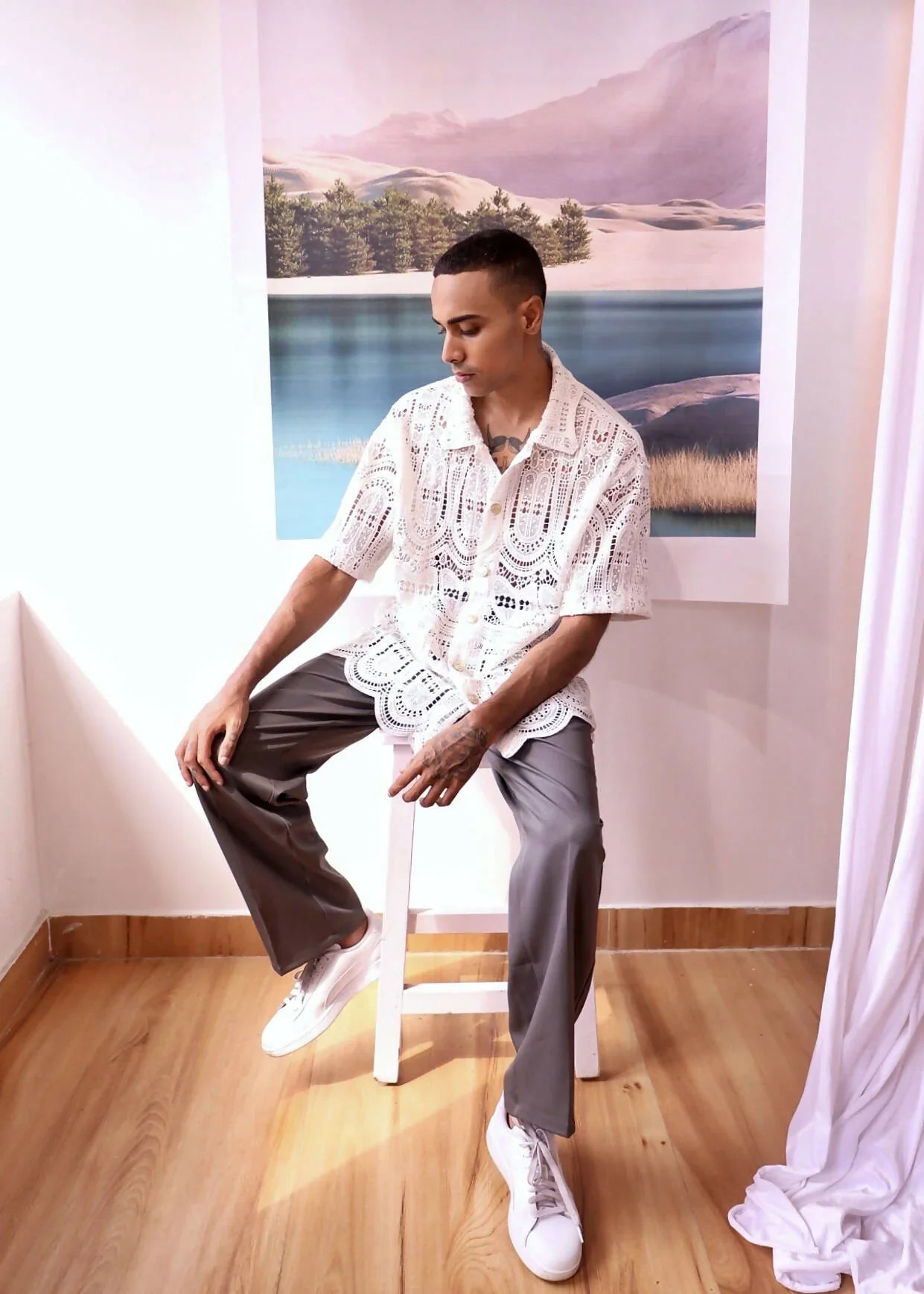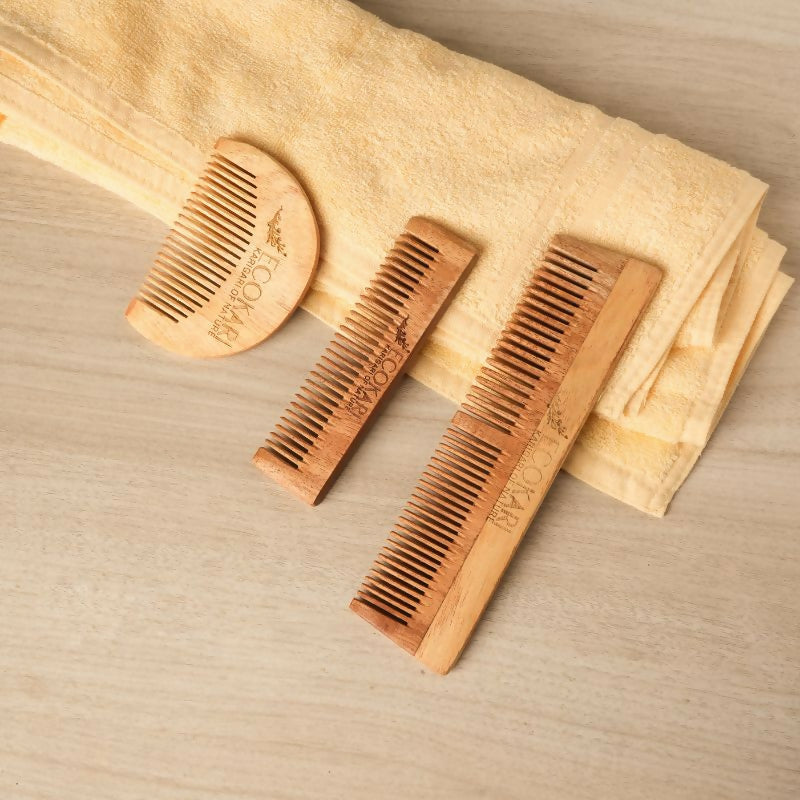Proclaim Interview
Shobha: Proclaim was born out of my frustration with not being able to find a nude bra that matched my deeper skin tone as a woman of South Asian descent. The color nude is almost always a light beige color that doesn’t work for a lot of women. I knew I wanted to do something about this and do it in a way that aligned with my values.

R: Was using plastic bottles to create the product always a part of the design process?
S: I knew I wanted to build a conscious supply chain and started researching many different fabric options. When I learned more about recycled polyester and the huge issue we are facing with plastic wasted, I knew it would be a good fit for our mission to create an ethical supply chain.
R: Can you take us through the design process at Proclaim?
S: I work with a team of designers and pattern makers who have many years of experience and expertise in lingerie. We start by discussing inspiration and must-haves for the piece. They come up with sketches which we go back and forth on until we get to a final design that is ready to be made into a sample. There are several fittings to make sure the sample is perfect before moving to cutting and finally sewing. The whole process takes several months.
 (Production at Proclaim)
(Production at Proclaim)
R: How easy / difficult is it to get the raw material?
S: Setting up our supply chain as a small business was difficult and took over a year to find the right partners who met our high standards. We use REPREVE fibers which are the only fiber with UTRUST, which certifies recycled content claims through traceable FiberPrint™ technology. The fibers we use are BPA-free. They are certified by Scientific Certification Systems (SCS) for recycled content claims and have received the Oeko-Tex Standard 100 certification, ensuring that they are free of harmful levels of more than 100 restricted chemicals. We wanted to keep our supply chain domestic as well. Our fabric is woven in Los Angeles.
R: What have been some of the highs and lows for the brand since its inception?
S: There have been a lot of both highs and lows. My favorite thing is hearing from customers that they love Proclaim bralettes – that it’s their new favorite. I’ve had a few people tell me that they accidentally fell asleep in our bralette – that to me is the ultimate compliment for a comfy, well designed bra. As for lows, as an entrepreneur, something goes wrong just about everyday which can be overwhelming at times. From missed shipments, to production delays, I’ve learned to roll with the punches and to be able to put them in perspective knowing it is all a cycle and things generally work out in the end. That or you learn a valuable lesson and move forward.
R: In a way, you are revolutionizing the way women buy and wear lingerie. What has that been like?
S: I hope this is just the start of revolutionizing the way the fashion industry creates for and represents women of all skin tones and body types. It is a long overdue revolution. I hope brands are more conscious not only of who they design for but how they go about doing it in a way the minimizes the harmful impacts of production on people and the environment.
R: How many shades of nude do you have at Proclaim?
S: We currently have 3 shades of inclusive nude to represent women of all skin tones. Each shade is named after women we admire. Ada for Ada Lovelace, the pioneering mathematician, Maya for Maya Angelou and Ella for Ella Fitzgerald.
 (3 shades of nude from Proclaim)
(3 shades of nude from Proclaim)
R: How accepting has the consumer been of the product?
S: The response has been amazing. We use Instagram to tell the story of Proclaim and it has been such a great way to connect with people who care about the same things we do.
R: In your opinion, what do you think is the problem with fashion today?
S: There is a lot that can be improved, especially in the lingerie industry. From how women are objectified, to a lack of representation in body types and skin tones, I think women are ready for something new. In addition, on the production side, there needs to be a major overhaul of how we approach design to minimize the negative impacts of production on the environment and marginalized people. I think people see a finished item online or in a store and don’t realize or really think about the complex layers of inputs that went into getting that product into their hands. I believe more transparency from brands would help people make smarter decisions as consumers.
R: What is your take on slow fashion and sustainability?
S: I hope this revolution continues!
R: What is your vision for the brand?
S: There are so many wardrobe staples that need to be made in inclusive nude colors and I’m excited to make them in a way that people can feel good about supporting.
--
See their products here.
Check them on Instagram.






Leave a comment